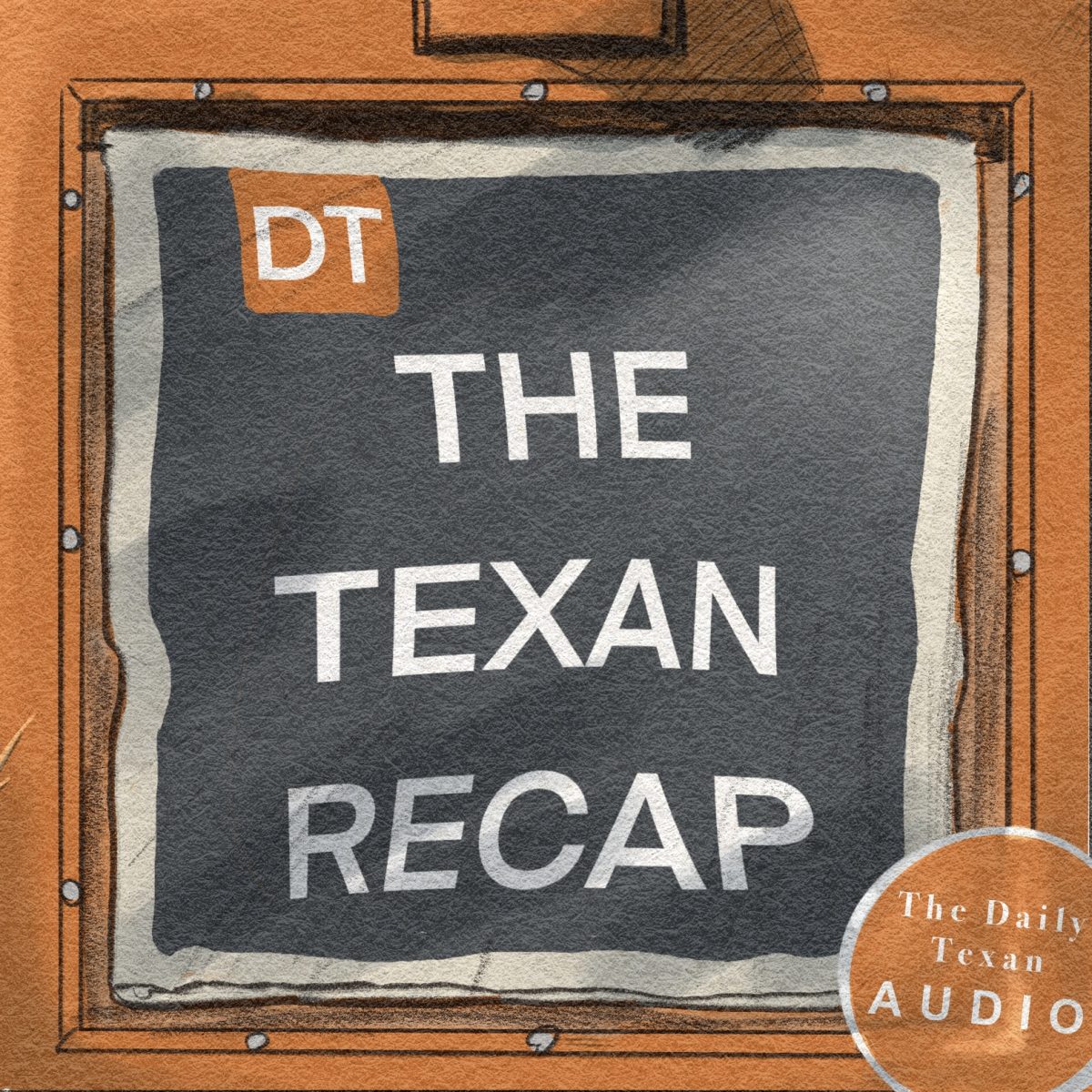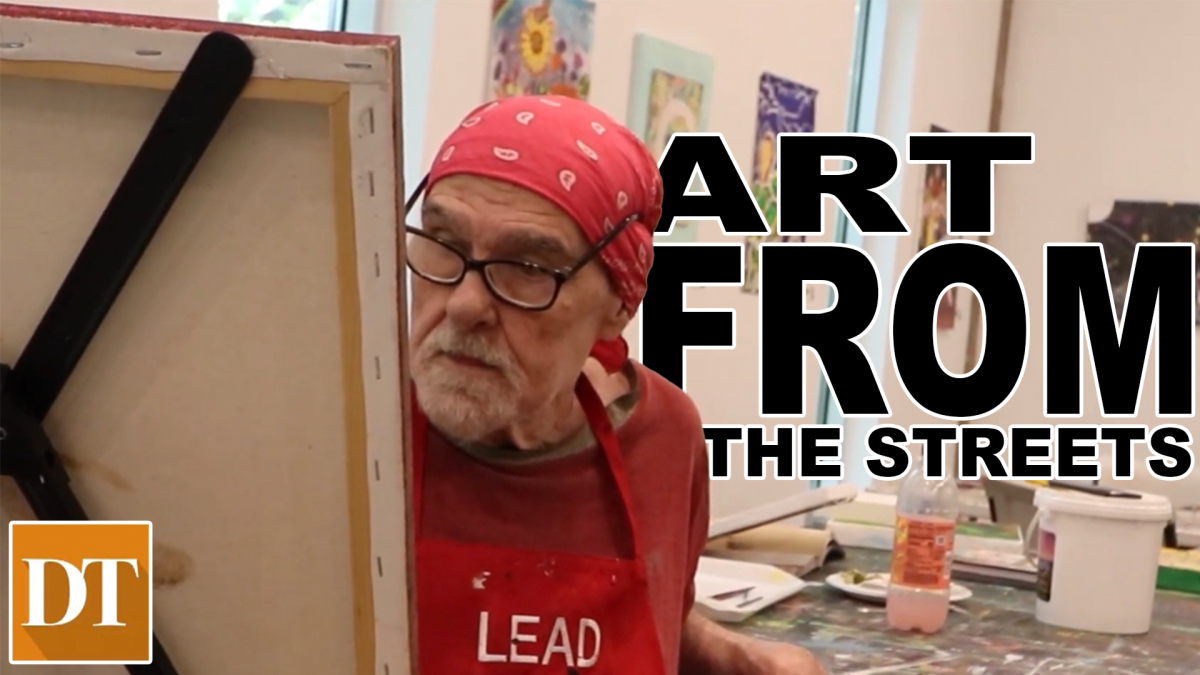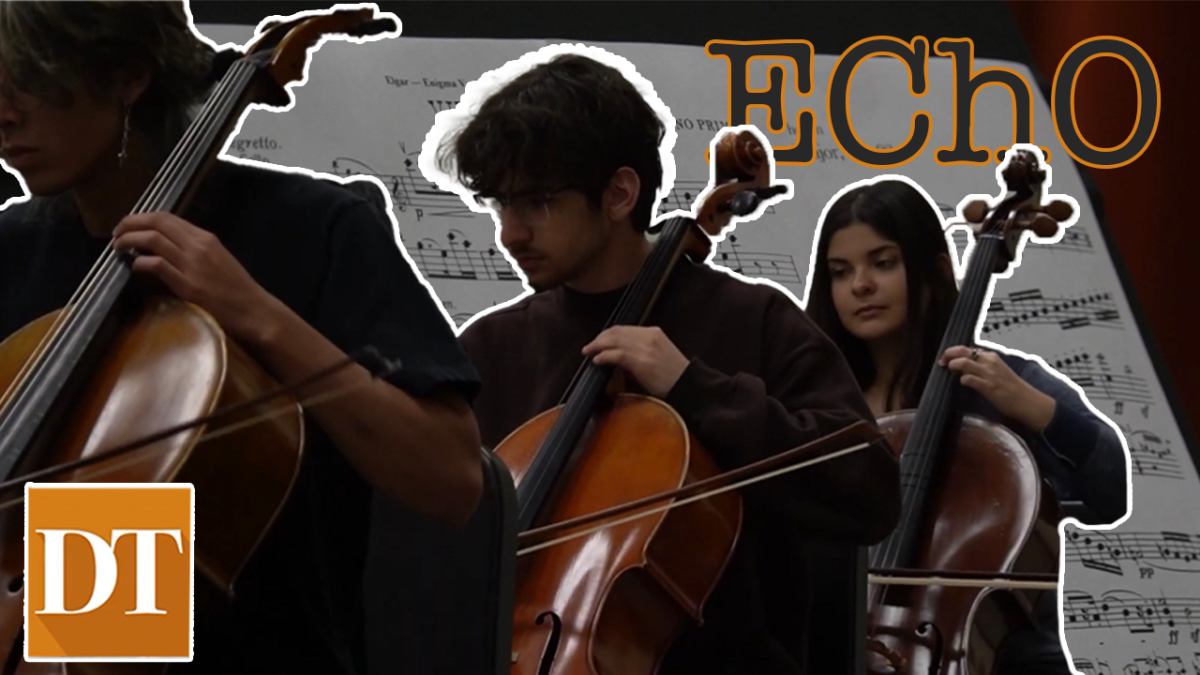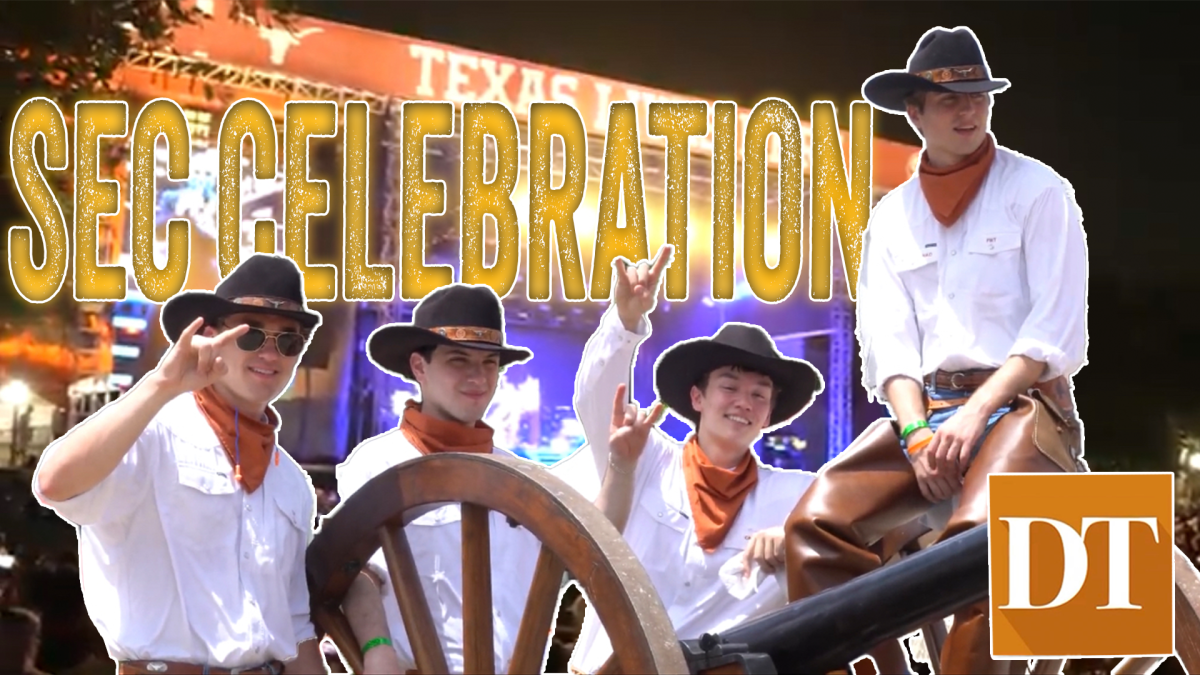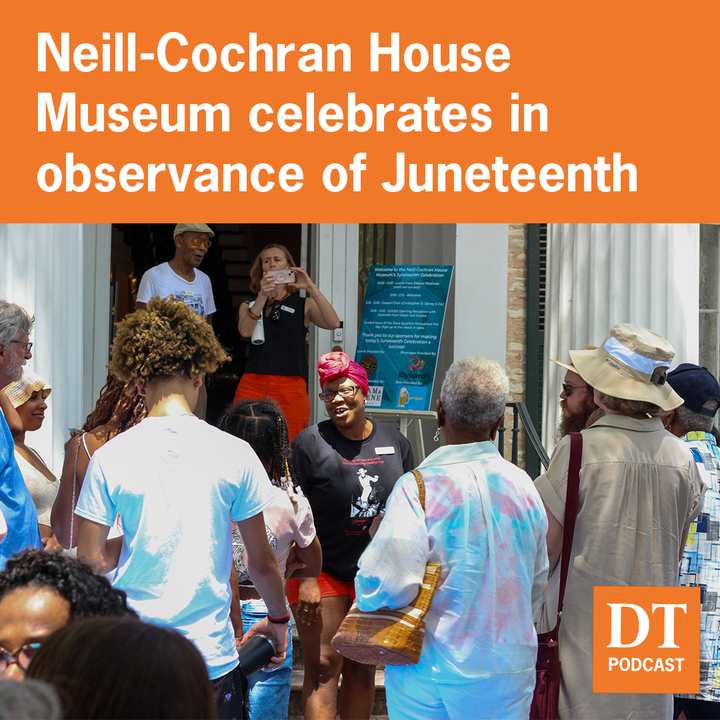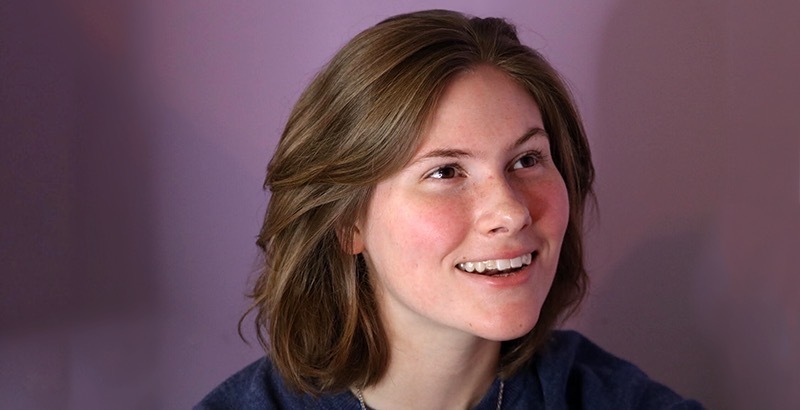In this episode of the weekly recap, audio producer Alistair Manliguez chats about a new AI created by UT researchers that can diagnose osteoarthritis. Plus, hear about “The Godmother of Mariachi,” Belle Ortiz.
Reported by Amirtha Jayakumaran and Isabella Capuchino. Hosted by Alistair Manliguez. Edited by Jack Lewellyn. Supervised by Aislyn Gaddis. Cover art by Emma Berke. Music by Top Flow Productions.
*upbeat music*
Alistair Manliguez: UT researchers made an AI that can diagnose arthritis…and, we remember “The Godmother of Mariachi.”
I’m your host this week, Alistair Manliguez and this is The Texan Recap.
Here’s what you missed this week.
*upbeat music*
Alistair: A team led by UT researchers made an AI that can diagnose osteoarthritis in knees. Osteoarthritis actually is the most common form of the disease, and the AI can do this by looking at medical images like X-rays. Senior news reporter Amirtha Jayakumaran is hear with the story, thank you so much for joining me.
Amirtha Jayakumaran: Thank you for having me.
Alistair: So how exactly did researchers train the AI to be able to diagnose osteoarthritis?
Amirtha: Yeah, so the research team worked with, I believe, 40,000 patient files from the UK Biobank. So that’s access to patient information that they were able to add on hand. And they basically train the AI to examine the joint space between the femur and the tibia. osteoarthritis is basically a condition where that joint space narrows and the bones grind against each other, which is really painful. And that’s kind of like what they’re diagnosing.
So the model would take a look at all these medical images or X-rays of those joints. And they kind of train that AI to look at a bunch of these x-rays, and then go create a spectrum sort of, of the space. So like, the closer it gets to zero, the more severe the osteoarthritis. And so in a sense, they were able to just create this very large sample size, and then use that to build a spectrum that they could diagnose off of.
Alistair: And they use an AI model to make the AI that can do the diagnosis. How did that work?
Amirtha: Yeah, so they use machine learning, which is what the AI is, it’s basically just like a really efficient calculator. So they had all those medical images from patients. And so they kind of just looked at that. And then they trained the model to basically analyze specifically joint space, and then looking at that they were able to go from there.
Alistair: So what are researchers planning to look at now?
Amirtha; So the researchers looked specifically at knee osteoarthritis because musculoskeletal diseases tend to use a lot of medical imaging, so they’re very likely to get X-rays in the process of diagnosing. So they are looking at other musculoskeletal disorders such as scoliosis, which is curvature of the spine, so they could train the AI model to look at the degree to which the spine is curving.
So future research could look at that that’s what the team was looking at. But there are implications for a wide variety of medical images. So MRIs CTs, basically, whatever a clinician would look at to diagnose the AI can be trained to look at and then go from there and assist the clinician in diagnosis.
Alistair: And how will the AI be used in the real world?
Amirtha: Well, AI is pretty much integrated into a lot of major fields. So in the clinical setting, it would be very helpful in processing large amounts of data. So a clinician can’t necessarily go through 40,000 cases in the same way that an AI can, that would take a lot of manpower. So AI kind of simplifies that process being set up. And it very efficiently does so so the clinician has access to data from 40,000 patients, they can look at that spectrum and then compare that to an individual case that fall along that spectrum. And then use that to diagnose the severity of the treatment.
And then from there, you can go into treatment plans and in the future. They’re hoping to look at how well the treatments working so post-surgery outcomes and post-treatment outcomes. So that’s kind of like the direction that AI is heading in the real world.
Alistair: That was senior news reporter Amirtha Jayakumaran. Thanks for being here today.
Amirtha: Yeah, thank you for having me.
*upbeat music*
Alistair; The late Belle Ortiz is known as “The Godmother of Mariachi,” but why? Life & Arts general reporter Isabella Capuchino is here to tell us. Thanks for joining me Isabella.
Isabella Capuchino: Yeah, thank you for having me.
Alistair: So who was Belle Ortiz and how did she earn the title of “The Godmother of Mariachi?”
Isabella: Belle Ortiz was a Chicana from San Antonio, Texas, and she was a wonderful pianist and a pioneer in education in the mariachi world. She earned her title of “The Godmother of Mariachi” through her endless efforts of integrating mariachi music into Texas schools. You know, she started a musical and folk dance group at Barkley Elementary, she called it “Los Tejanitos” and then she was recruited to Lanier High to start the same programs at a higher level, which led her to establishing the first high school mariachi and baile folklórico program in the country which really paved the way for many Chicanos.
Alistair: What kind of setbacks did she face in bringing mariachi to Texas schools?
Isabella: Well, in the 1960s, when she began teaching, the students nor the faculty were allowed to speak Spanish in the classroom. It was against the rules so Belle like tried to get around this by singing in Spanish, you know, not speaking, but singing, as well as other languages like French and Italian, and German.
But the greatest obstacle that she faced was that the school told her that she could not teach the songs in Spanish, specifically, so Belle kind of like accepted the challenge. And she said she’ll stop teaching in Spanish if she stops teaching the other foreign languages. And so the school couldn’t really come up with an excuse. So they gave in.
Alistair: Can you tell me a little bit more about Mariachi Campanas de America?
Isabella: The band is actually named in honor of Belle. So Campanas de America translates to Bells of America. It was co-founded in 1978 by Juan B. Ortiz and is led by Mr. Ortiz himself. They actually just celebrated their 45th anniversary last weekend. And you know, they’ve performed for five presidents of the White House, and they’ve earned numerous symphonies across America. But as far as Belle’s role in it, she wasn’t a performer in the band herself, but rather like the visionary. According to her grandson Alejandro, she said that she really knew what like her performance was supposed to look like. And her politics and networking really elevated the band.
Alistair: So you spoke to two regressors for the story, what did they tell you about her memory and legacy?
Isabella: I spoke with both Alejandra and Juan San Miguel and for Alejandro, he said that, you know, like if it wasn’t for her teaching and writing and advocating for mariachi programs, being in the school systems that it could have like easily just fizzled out, especially in the States. And then it really connected a lot of children to their heritage, and that his grandmother’s passing really helped him like internalize what mariachi meant for him and his family. And it was always something that he did, and he didn’t realize how much it really meant to him, or how involved mariachi was in his life, especially in comparison to other people. And that he, you know, he really wanted to carry on the tradition of educating children. And that’s actually what he’s doing now. He just became a mariachi instructor.
For Juan, he said that, you know, he was really astonished by like, the amount of like generations of children of children that she really impacted with directly and indirectly now there’s like over 2,500 high school, college and university programs that offer mariachi education. And he always said that, you know, part of like, remembering legacy was that like, was educating children was really like the most important part. And, you know, it really meant everything to her. And she always stressed how much education was important. And she always told like, no matter, no matter what, nobody could take your education away. Both of them really want to continue mariachi and honor her in that way.
Alistair: That was Life & Arts general reporter Isabella Capuchino. Thanks so much for being here today.
Isabella: Thank you so much
Alistair: And that’s The Texan Recap for the week of September 18. I’m Alistair Manliguez.
*upbeat music*
Alistair: The Texan Recap is a production of The Daily Texan Audio Department. If you like this episode, make sure you subscribe to The Daily Texan on your streaming platform of choice and follow us on Twitter @texanaudio. This episode was hosted by me, Alistair Manliguez, edited by Jack Lewellyn and supervised by Aislyn Gaddis. Special thanks to Amirtha Jayakumaran and Isabella Capuchino for their reporting and to Katy Nelson, Mimi Calzada and Chloe Moore for working with me on this project. Cover art is by Emma Berke and music is by Top Flow Productions. To read the news stories in this episode or see more from the Texan, head on over to www.thedailytexan.com. Thanks for listening, and I’ll see you next week!



